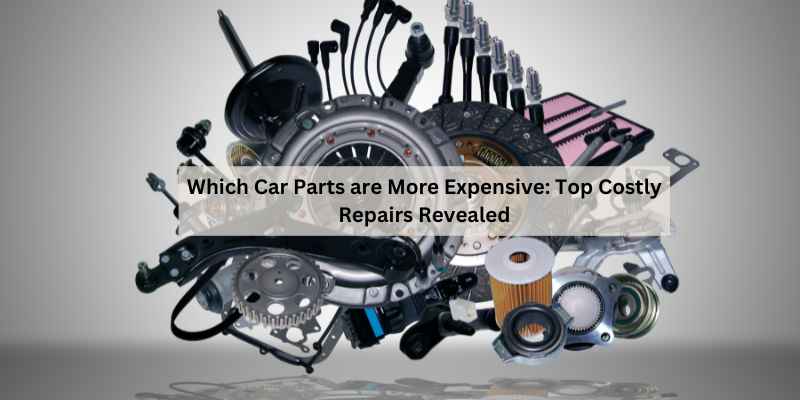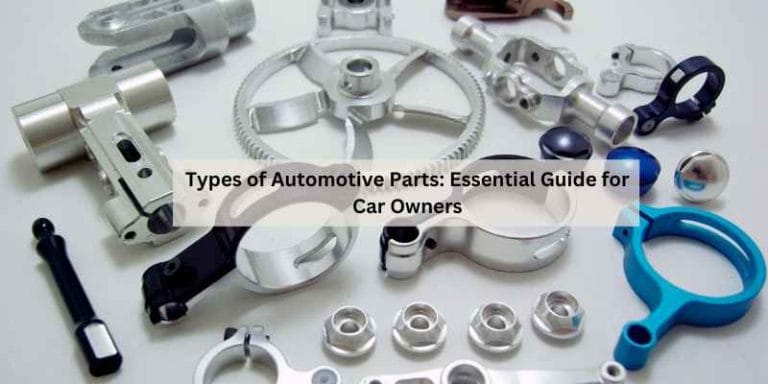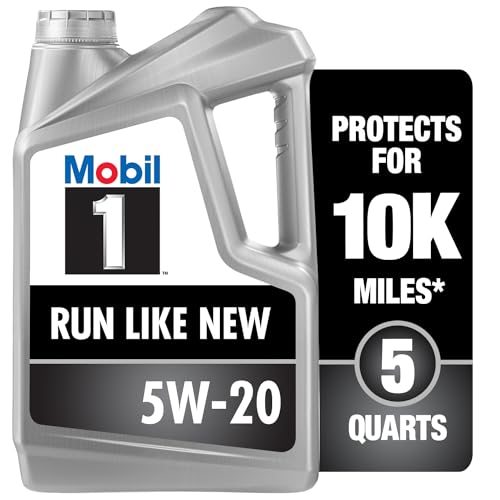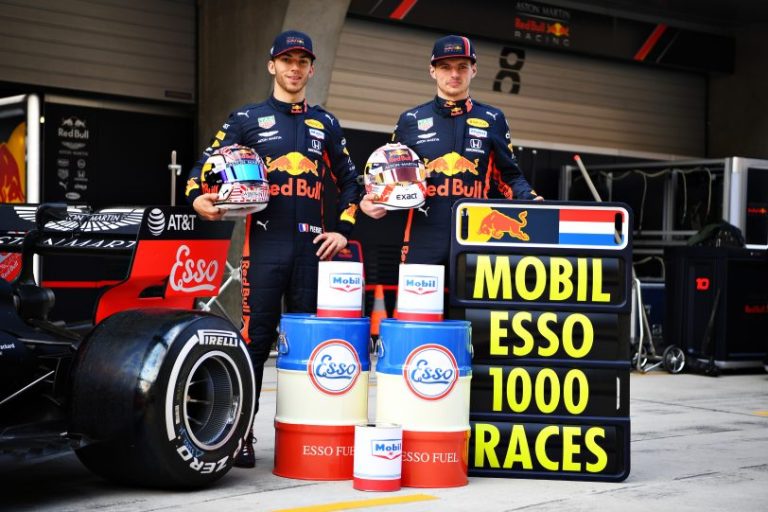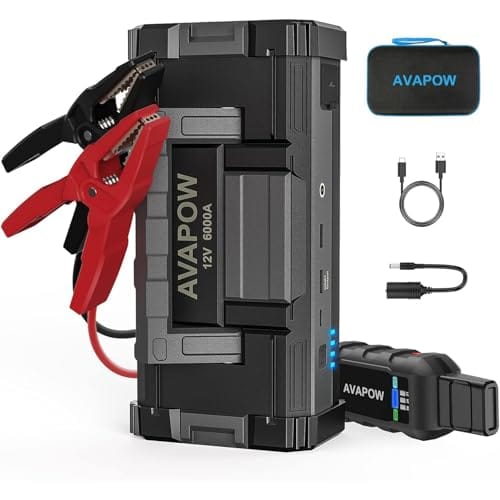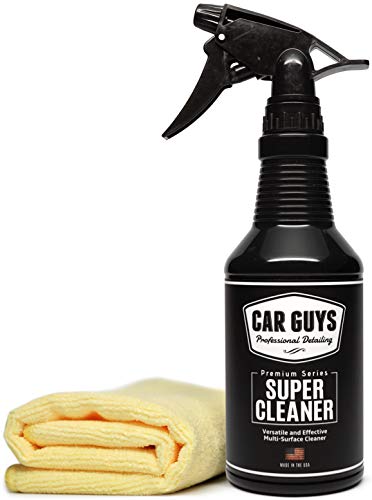Which Car Parts are More Expensive: Top Costly Repairs Revealed
Luxury car brands like Rolls-Royce, Bentley, and Bugatti usually have the most expensive car parts due to their unique designs and limited production. It’s essential to check their warranties to avoid unexpected maintenance costs.
When it comes to car parts, the engine stands out as the most costly to replace and repair due to its critical role in converting fuel to power. Cylinder repair, hybrid inverter assembly, transmission, engine head, and hybrid battery replacements are among the other expensive car repairs that drivers may face.
Nissan is recognized for having relatively affordable replacement parts compared to other brands, making it a cost-effective choice for maintenance and repairs.
Introduction To High-cost Car Repairs
High-cost car repairs can be a headache for car owners, especially when it comes to replacing expensive car parts. Some of the most expensive car parts to replace include the transmission, head gasket, air conditioning, camshaft, and alternator. Luxury car brands like Rolls-Royce and Bentley are known for having the priciest car parts due to their unique designs and limited production.
Proper maintenance and checking warranties can help avoid unexpected expenses.
Car repairs can be a significant financial burden, especially when it comes to high-cost components. Understanding the factors that contribute to the expense of car parts can help vehicle owners make informed decisions when it comes to maintenance and repairs. In this article, we will explore the impact of car brand on part costs and compare the price differences between luxury and standard car parts.
The Impact Of Car Brand On Part Costs
When it comes to the cost of car parts, the brand of the vehicle plays a crucial role. Luxury car brands such as Rolls-Royce, Bentley, and Bugatti are known for their unique designs and limited production, which often results in higher costs for replacement parts. It is essential for owners of luxury vehicles to consider the length and comprehensiveness of their warranties to avoid unexpected and exorbitant maintenance expenses.
Luxury Vs Standard: A Price Comparison
Comparing the cost of parts between luxury and standard vehicles reveals significant differences. Luxury car parts are generally more expensive due to their specialized nature and limited availability. On the other hand, standard car brands like Nissan are known for widely distributed parts worldwide, resulting in more accessible and affordable replacement components. Understanding these price variations can help car owners anticipate and plan for potential repair costs.
Engine Repairs: The Heart Of High Expenses
Common Engine Issues And Costs
1. Cylinder Repair or Replacement
2. Hybrid Inverter Assembly Replacement
3. Transmission Replacement
4. New Engine Head
5. Hybrid Battery Replacement
When To Repair Vs Replace
It is crucial to assess the extent of damage before deciding on repair or replacement.
Consider repair for minor issues and replacement for major damage.
Consulting a professional mechanic can help make the best decision.
Transmission Troubles: Shifting Into High Costs
When it comes to car repairs, the transmission system can lead to some of the most expensive bills. Understanding the types of transmission repairs and the factors influencing their costs can help car owners prepare for potential financial challenges.
Types Of Transmission Repairs
Transmission repairs can encompass a range of issues, each with its own set of costs. Here are the common types of transmission repairs:
- Transmission Fluid Flush
- Clutch Replacement
- Transmission Rebuild
- Solenoid Replacement
- Torque Converter Replacement
Factors Influencing Transmission Repair Costs
Several factors can influence the costs of transmission repairs, including:
- Extent of Damage
- Vehicle Make and Model
- Transmission Type (Manual or Automatic)
- Quality of Replacement Parts
- Labor Costs
By considering these factors, car owners can better understand the potential expenses associated with transmission repairs and make informed decisions about their vehicles.
Hybrid Components: The Price Of Innovation
Hybrid vehicles have revolutionized the automotive industry, offering a more eco-friendly and efficient alternative to traditional gasoline-powered cars. However, the innovative technology behind these vehicles comes at a price. The hybrid components are often more expensive to repair or replace, posing a significant consideration for potential buyers and current owners.
Hybrid Battery Replacement Costs
The hybrid battery is a critical component of hybrid vehicles, providing the necessary power for the electric motor. However, when it comes to replacement costs, hybrid batteries can be substantially more expensive than conventional car batteries. The advanced technology and specialized design contribute to the heightened price tag, making it a significant factor to consider for hybrid car owners.
Inverter Assembly: A Costly Fix
The inverter assembly is another vital element of hybrid vehicles, responsible for converting the direct current (DC) from the battery into alternating current (AC) for the electric motor. In the event of a malfunction or damage to the inverter assembly, the repair costs can be notably high. The intricate nature of the inverter assembly and its crucial role in the vehicle’s operation contribute to the substantial price of replacement, underscoring the financial implications of owning a hybrid car.
Suspension Systems: The Hidden Costs
When it comes to car maintenance and repairs, some costs are more visible than others. While many car owners are aware of the expenses related to engine repairs or bodywork, the costs associated with suspension systems are often overlooked. However, the reality is that suspension repairs can add up quickly and become a significant financial burden.
Types Of Suspension Repairs
Car owners may encounter various types of suspension repairs, each with its own set of costs. From replacing worn-out shocks and struts to addressing issues with the suspension bushings or control arms, the range of potential repairs is diverse. Identifying and addressing these issues early can help prevent further damage and potential safety hazards.
How Suspension Damage Adds Up
Suspension damage, if left unattended, can lead to a domino effect of issues that can significantly increase repair costs. For instance, a worn-out suspension can cause uneven tire wear, affecting the vehicle’s alignment and ultimately impacting the steering and handling. Additionally, neglecting suspension repairs can lead to further damage to other components, such as the steering system or even the vehicle’s frame.
Braking The Bank: Brake Line Expenses
When it comes to car maintenance, some parts can really break the bank. One area where expenses can quickly add up is brake line repairs and replacements. Let’s take a closer look at the cost variables for brake systems and understand why these expenses can be significant.
Brake Line Repairs And Replacements
Brake lines are crucial components of a vehicle’s braking system, responsible for transmitting the force from the brake pedal to the brake pads or shoes. Over time, brake lines can corrode, develop leaks, or suffer damage, necessitating repairs or replacements to ensure the safety and functionality of the braking system.
Cost Variables For Brake Systems
Several factors contribute to the cost of brake line repairs and replacements. These include the make and model of the vehicle, the complexity of the brake system, the type of brake lines used (such as steel or rubber), and the extent of the damage or deterioration. Additionally, labor costs and the availability of parts can influence the overall expenses associated with brake line maintenance.
The Air Conditioning Premium
Common A/c Issues
When it comes to car repairs, air conditioning problems are common and can be costly. Common issues include refrigerant leaks, compressor failures, and electrical malfunctions.
Calculating The Costs Of Climate Control
Repairing or replacing air conditioning components can add up quickly. Costs vary depending on the specific issue, make and model of the car, and labor costs at the repair shop.
Electrical Components: Alternator And Beyond
When it comes to car maintenance, understanding the cost of different car parts is essential. Electrical components, including the alternator, play a crucial role in the smooth functioning of a vehicle. Let’s delve into the expenses associated with these vital components and gain insights into the cost of their replacements.
Alternator Replacement Expenses
The alternator, a key electrical component in a car, is responsible for charging the battery and powering the electrical system when the engine is running. It is a critical part that ensures the proper functioning of various electrical components in the vehicle. When it comes to replacing the alternator, the expenses can vary based on the make and model of the car. On average, the cost of a new alternator ranges from $300 to $500, while the labor charges for installation can add an additional $100 to $200 to the total expenses.
Other Costly Electrical Parts
In addition to the alternator, several other electrical components in a car can incur significant expenses when it comes to replacement. These may include the starter motor, ignition coil, and the car’s onboard computer system. The price of these parts can vary widely based on the car’s make and model, with some luxury vehicles having higher costs due to the complexity of their electrical systems. It’s essential to consider these potential expenses when budgeting for car maintenance and repairs.
Oem Vs Aftermarket: A Cost Analysis
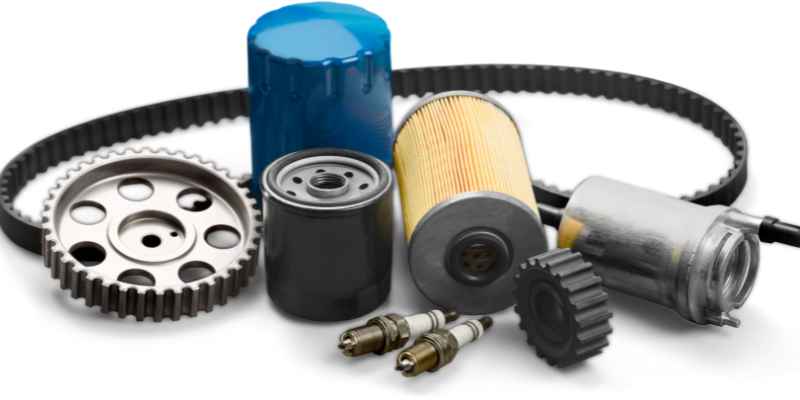
Comparing OEM and aftermarket car parts, it’s essential to consider the cost implications. While OEM parts are pricier, they offer better quality and compatibility, ensuring long-term savings. On the other hand, aftermarket parts may be cheaper initially but could lead to higher maintenance expenses in the future due to potential compatibility issues.
When it comes to repairing or replacing car parts, one of the biggest considerations is cost. While some car owners may be willing to pay top dollar for OEM (Original Equipment Manufacturer) parts, others may opt for aftermarket parts as a more economical choice. In this cost analysis, we’ll take a closer look at the advantages of OEM parts and when aftermarket parts make the most sense.
Advantages of OEM Parts
OEM parts are made by the same manufacturer as the original parts that came with your car. This means that they are designed to meet the exact specifications and quality standards set by the car manufacturer. Some advantages of choosing OEM parts include:
– Guaranteed compatibility: OEM parts are designed specifically for your car make and model, so you can be sure that they will fit and function perfectly.
– Quality assurance: OEM parts undergo rigorous testing and quality control measures to ensure that they meet the highest standards for safety and performance.
– Warranty protection: Many OEM parts come with a warranty that covers defects and malfunctions, giving you peace of mind and protection against unexpected repair costs.
However, the main disadvantage of OEM parts is their cost. Since they are made by the same manufacturer as the original parts, they tend to be more expensive than aftermarket parts.
When Aftermarket is the Economical Choice
Aftermarket parts are made by third-party manufacturers and are often priced lower than OEM parts. While they may not be guaranteed to meet the exact specifications of your car, aftermarket parts can offer several advantages, including:
– Lower cost: Aftermarket parts are generally less expensive than OEM parts, making them a more affordable option for car owners on a budget.
– Wider availability: Since aftermarket parts are made by third-party manufacturers, they are often more widely available than OEM parts, which can be harder to find.
– Customization options: Aftermarket parts often offer more customization options than OEM parts, allowing car owners to add unique features or tailor their vehicle to their specific needs.
However, it’s important to note that not all aftermarket parts are created equal. Some may be of lower quality or may not fit as well as OEM parts, which can lead to safety issues or additional repair costs down the line.
In conclusion, the choice between OEM and aftermarket parts ultimately comes down to personal preference and budget. While OEM parts offer the peace of mind that comes with guaranteed compatibility and quality, aftermarket parts can be a more economical choice for car owners looking to save money. Regardless of which option you choose, it’s important to do your research and choose a reputable manufacturer to ensure that your car stays safe and reliable on the road.
The Most Surprisingly Expensive Small Parts
Start of the engaging section of the blog post
Minor Parts With Major Prices
When it comes to car maintenance, some small parts can come with hefty price tags.
Why Some Small Parts Cost More
Manufacturing precision and specialized materials can drive up the cost of seemingly insignificant car components.
End of the engaging section of the blog post
Maintenance Tips To Avoid Costly Repairs
Proper maintenance of your car can help prevent expensive repairs down the line. By following some simple tips and staying on top of routine checks, you can save yourself from costly repairs.
Routine Checks For Cost Prevention
- Regularly inspect your tires for wear and proper inflation to avoid costly replacements.
- Check your oil levels and change it as recommended to prevent engine damage.
- Inspect your brake pads and replace them when worn to avoid brake system failures.
When To Invest In Higher-quality Parts
- Consider investing in high-quality filters to improve engine performance and longevity.
- Opt for premium brake pads and rotors for better stopping power and durability.
- Choose reputable brands for critical components like timing belts and water pumps to prevent failures.
Warranty Wisdom: Reducing Repair Costs
When it comes to expensive car parts, understanding warranties can be a game-changer in reducing repair costs. Leveraging warranties effectively can lead to significant savings in the long run.
Understanding Warranties On Expensive Parts
Car parts warranties vary, with some covering specific components for a certain period. It’s crucial to know the warranty terms for expensive parts like the engine, transmission, or hybrid components.
Leveraging Warranties For Cost Savings
By leveraging warranties, you can potentially avoid hefty repair bills. Always check if the warranty covers labor costs and how to claim it to maximize your savings on expensive car part repairs.
Conclusion: Navigating The High Seas Of Car Repair Costs
When it comes to car repairs, some parts can burn a hole in your wallet. Luxury car brands like Rolls-Royce, Bentley, and Bugatti often come with pricey components due to their exclusive nature. To steer clear of unexpected expenses, it’s wise to review the terms of their warranties.
Key Takeaways On Expensive Car Parts
- Engine is the priciest part to replace due to its crucial role in power generation.
- Hybrid inverter assembly and transmission replacements can also hit hard on your budget.
- Regular maintenance can help avoid costly repairs like cylinder replacements or new engine heads.
Future Trends In Car Repair Costs
As automotive technology advances, the cost of car parts and repairs is expected to rise. Components such as hybrid batteries and advanced safety systems may become more expensive to replace. Keeping up with regular maintenance and staying informed on evolving repair trends can help you navigate the changing landscape of car repair costs.
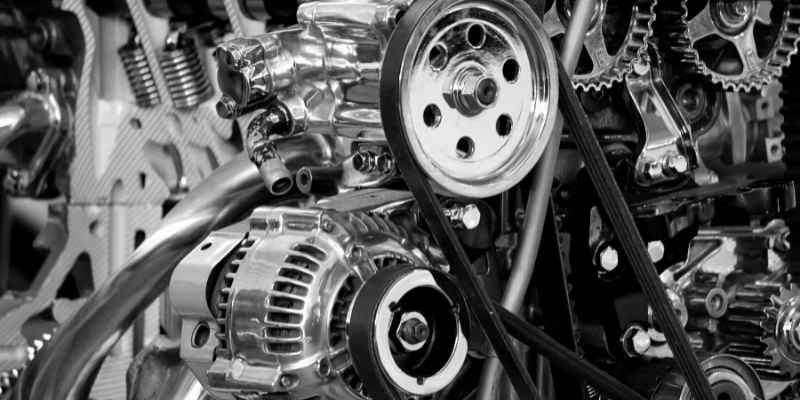
Frequently Asked Questions
Which Car Brand Parts Are Most Expensive?
Luxury brands like Rolls-Royce, Bentley, and Bugatti typically have the most expensive car parts due to unique designs and limited production.
Which Part Of The Car Costs The Most?
The engine is the most expensive part of a car to replace due to its crucial role in converting fuel to power for movement. Luxury brands like Rolls-Royce and Bugatti typically have the most expensive parts, owing to their unique designs and limited production.
What Is The Most Expensive To Fix On A Car?
The most expensive car part to fix is the engine, as it is the heart of the vehicle and can be costly to replace. Luxury brands like Rolls-Royce and Bentley typically have the most expensive parts due to their unique designs and limited production.
Which Car Brand Has The Cheapest Parts?
Nissan is known for having the cheapest car parts, making it affordable to maintain and repair. With widely distributed parts worldwide, finding replacements is convenient and cost-effective.
Conclusion
Luxury car brands like Rolls-Royce and Bentley have the most expensive parts due to unique designs. The engine is the costliest to replace due to its crucial role in powering the vehicle. Consider warranties to manage maintenance expenses effectively. Choose wisely to avoid unexpected repair costs.

